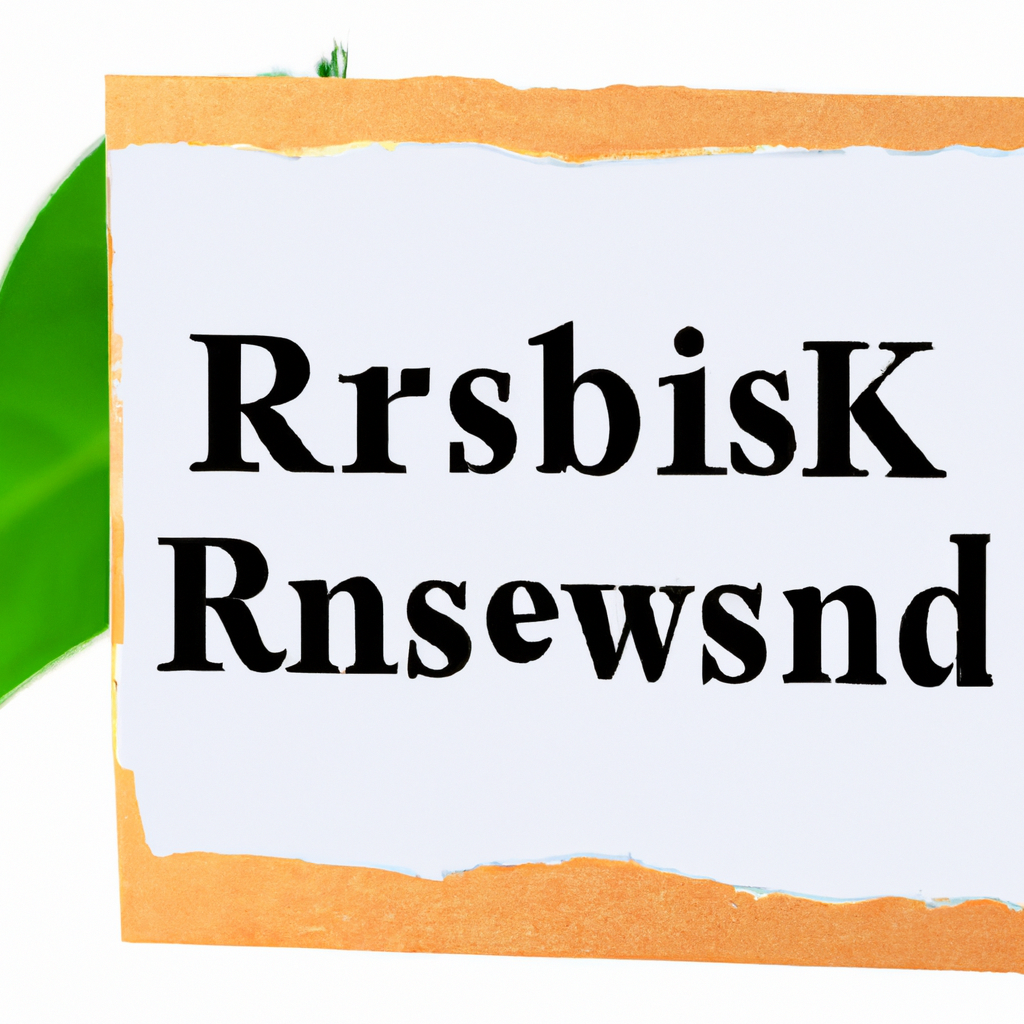Low-risk investment options for conservative investors
Conservative investors are often cautious when it comes to investing their hard-earned money. They prioritize the preservation of capital over high returns and are more inclined towards low-risk investment options. While low-risk investments may not offer significant returns, they provide stability and security. In this article, we will explore some low-risk investment options that are suitable for conservative investors.
1. Savings accounts
A savings account is one of the safest investment options available. It is offered by banks and credit unions and provides a guaranteed return on your money. Savings accounts are insured by the Federal Deposit Insurance Corporation (FDIC) in the United States, which means that even if the bank fails, your deposits up to $250,000 are protected. While savings accounts offer low interest rates, they provide easy access to your funds when needed.
2. Certificates of Deposit (CDs)
Certificates of Deposit (CDs) are another low-risk investment option suitable for conservative investors. A CD is a time deposit offered by banks and credit unions, where you agree to keep your money deposited for a fixed period of time, ranging from a few months to several years. In return, you receive a fixed interest rate that is higher than what savings accounts offer. CDs also have FDIC insurance, making them a secure investment choice.
3. Treasury bonds
Treasury bonds are issued by the government and are considered one of the safest investments available. They have a fixed interest rate and a maturity date, ranging from a few months to several years. Treasury bonds are backed by the full faith and credit of the government, making them virtually risk-free. While the returns on treasury bonds may not be as high as other investments, they provide a stable and reliable income stream.
4. Municipal bonds
Municipal bonds, also known as “munis,” are issued by state and local governments to finance public projects such as schools, highways, and utilities. They offer tax advantages as the interest earned on municipal bonds is often exempt from federal income tax and, in some cases, state and local taxes as well. Municipal bonds are considered low-risk investments, especially those issued by financially stable municipalities. However, it is essential to research the creditworthiness of the issuing municipality before investing.
5. Index funds
Index funds are mutual funds or exchange-traded funds (ETFs) that track a specific market index, such as the S&P 500. These funds offer diversification by investing in a broad range of stocks or bonds, reducing the risk associated with individual securities. Index funds are known for their low fees and passive management style, making them an attractive investment option for conservative investors seeking stability and long-term growth.
6. Money market funds
Money market funds are mutual funds that invest in short-term debt securities such as Treasury bills and commercial paper. These funds aim to maintain a stable net asset value (NAV) of $1 per share, making them a low-risk investment option. Money market funds provide liquidity and can be easily accessed when needed. However, it is important to note that money market funds are not insured by the FDIC, so it is crucial to choose reputable funds with a solid track record.
Conclusion
Conservative investors prioritize safety and stability when it comes to investing their money. While low-risk investments may not offer high returns, they provide peace of mind and protect capital. Savings accounts, CDs, treasury bonds, municipal bonds, index funds, and money market funds are all suitable options for conservative investors. It is crucial to assess your financial goals and risk tolerance before making any investment decisions. Consulting with a financial advisor can also help you make informed choices based on your individual circumstances.

